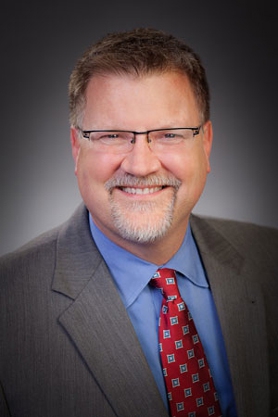 According to a recent analysis of national injury data, strain injuries account for the largest part of workers' comp claims across the country. This is not surprising, considering that muscle strains caused by repetitive motion or heavy lifting are common in many industries and workplaces. While falls, motor vehicle crashes, crushing accidents, power tool mishaps, and falling objects might seem like more serious kinds of workplace accidents, strains lead to more missed days of work than other injuries. We consider how strain injuries happen, why recovery can be difficult, and how a workers' comp attorney can help you file a successful claim when your employer is disputing that you were injured.
According to a recent analysis of national injury data, strain injuries account for the largest part of workers' comp claims across the country. This is not surprising, considering that muscle strains caused by repetitive motion or heavy lifting are common in many industries and workplaces. While falls, motor vehicle crashes, crushing accidents, power tool mishaps, and falling objects might seem like more serious kinds of workplace accidents, strains lead to more missed days of work than other injuries. We consider how strain injuries happen, why recovery can be difficult, and how a workers' comp attorney can help you file a successful claim when your employer is disputing that you were injured.
What Is a Strain?
A strain is an injury to a muscle or tendon. Tendons are tissues that attach muscle to bone. Because strains do not involve bone fractures or joint injuries, they are considered soft tissue injuries. Strains are often confused with sprains, but a sprain is an injury to a ligament that connects bone to bone—often in a joint. For example, you could strain your back or your neck but are more likely to sprain your ankle or wrist. Symptoms of a strain include pain, muscle spasm, muscle weakness, and inflammation. A severe strain can prevent you from using the affected muscles, resulting in chronic pain and temporary disability.
How Do Strains Happen in the Workplace?
According to the Bureau of Labor Statistics, the most common body part to sustain a strain or sprain injury is the back, followed by the shoulder, knee, ankle, arm, wrist, neck, hands, and feet. These injuries can happen in a range of industries, including manufacturing, construction, retail, food service, and health care. The most common causes of strains include:
- Overexertion. Lifting heavy cargo, sheetrock, restaurant server trays, or patients can cause a debilitating muscle strain in a single incident or over months or years of performing the same work. Even with rest and physical therapy, it could become impossible to continue performing the same tasks.
- Repetitive motion. Cashiers, factory line workers, cooks, computer operators, and office workers must perform the same motions repeatedly, putting a strain on muscles and tendons in the arms, wrists, and hands. These overuse injuries can cause chronic pain that prevents the worker from performing their job.
- Awkward positioning. The likelihood of a strain injury increases if the worker is performing tasks in an awkward position for long periods of time. Standing at a grocery store checkout station, leaning over an assembly line, moving a patient, and even sitting at a desk can result in a serious strain injury.
- Trips and falls. Slips, trips, and falls are common in nearly every workplace. Slipping on a spill in a hospital or restaurant, tripping over cables on a construction site, or falling down stairs in a warehouse could cause a sudden acute soft tissue injury, which could be harder to recover from than a broken bone.
One challenge of filing a workers' comp claim for a strain is that the injury does not show up on X-rays or MRI scans, so it is difficult to document the severity. It can also be impossible to pinpoint exactly when the injury occurred, as strains are often the result of cumulative trauma. If a painful strain injury is preventing you from doing your job, your first step should be to contact an Ohio workers' comp attorney to help you with your claim for compensation.
Get Help From Monast Law Office
With over 40 years of experience as a workers' comp attorney in Ohio, I have helped many workers with strains and other soft tissue injuries get the compensation they deserved. If you cannot work because of a back, neck, or shoulder strain, contact Monast Law Office to discover how we can help. Learn more by requesting a free copy of our book, The Worker's Guide to Injury Compensation in Ohio, then fill out our online contact form or call our Upper Arlington office at 614-334-4649 to get started.
| Related Links: |

